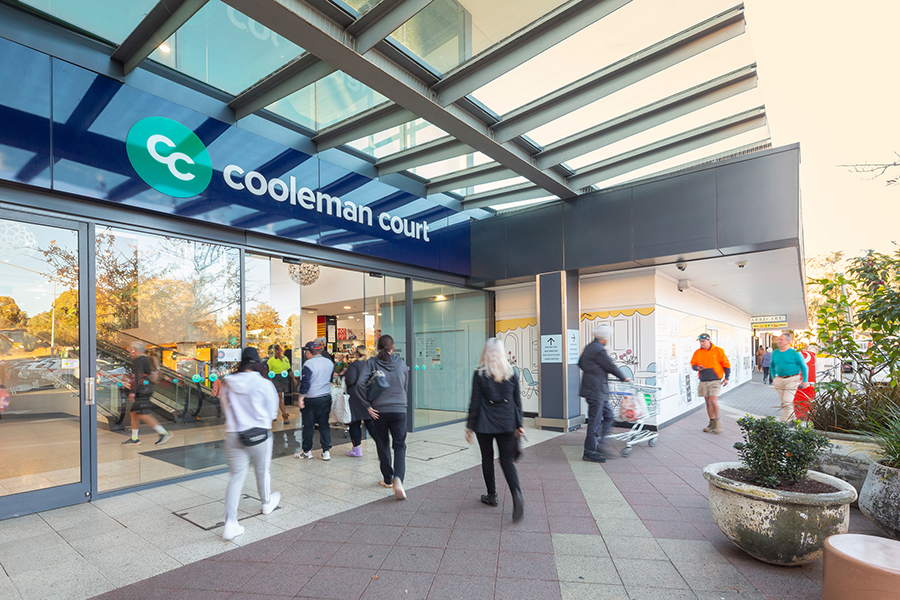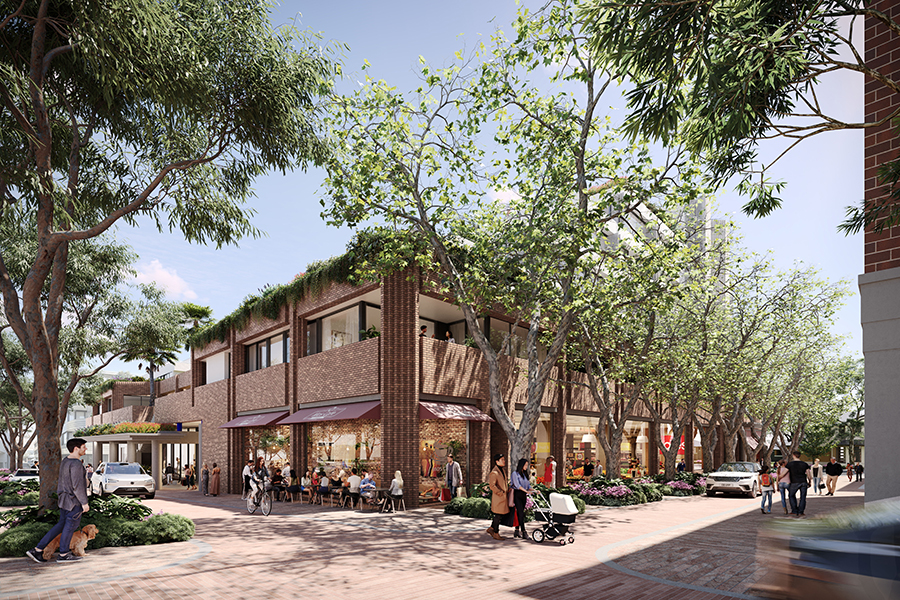‘The Lease’ defines the relationship between the centre owner/manager and the retailer. Traditionally, at its foundation, is the ratio between turnover and rent. As Brian Walker explains, this could be a feature of the past…
In 1959, the first Westfield shopping centre in Australia brought a sharp focus and transformational change in the way we Australians shopped; and as we know, the template for the modern shopping centre was born.
After operating a delicatessen in Blacktown in Sydney’s Western suburbs, Lowy and Saunders moved into residential, and then retail property development, opening a small ‘American style’ shopping centre in Blacktown, on July 2, 1959.
Westfield Place was one of the first shopping centres to open in Australia, reflecting the transformative changes occurring in retail at the time. Rapid growth in car ownership and support for homeownership by both sides of politics brought a massive demographic shift as Australians flocked to the suburbs. Tenants eagerly signed up. All retailing happened in physical shops, and both brand and distribution growth was predicated upon the scale and consistency of delivery.
During the ensuing periods of relatively cheap capital, duplicatable shop format models were developed. The internet and social media didn’t exist, and we happily lived in a world of habitually visiting the local shopping mall.
Stability, securing sites, space, the security of tenure and scale were the mantra of this generation of retailers. A “shop on every corner” dominated the growth ambitions of retailers. This was a notably consistent practice in Australia, the US and Canada and soon became the common practice globally.
Yields and dividends from major asset owners and managers were at world-class returns. The central tension between landlords and tenants over ‘equitable’ rental levels continued its daily discourse, although the balance of power laid substantially with the landlord.
Strategy (largely a misnomer for tactical improvement) was set in five to ten year windows and retailers valued longevity in shops as a badge of honour with lease tenures of five years to 25 years ensuing.
Then, the world began to cycle on its axis of change once more.
In August 1996, approximately 37 years after the opening of the first Australian shopping centre, a small online bookshop opened in Seattle. Life would never be the same again, as the Amazon business model took flight.
Now and into the future, we embrace agility, community, connection, data, speed, and brand as the way retail value is and will be generated.

Technology and omnichannel customers have risen to the fore, leading to the irrevocable change in the behavioural norms of shoppers and retailers.
And what does this all mean for the shopping centre lease between landlord and tenant itself? How will landlords/asset owners and managers derive their income?
We have seen a need for more agility in lease terms and shop racks evolving to smaller spaces, holding less stock with digital fulfilment enabled.
We have also witnessed a much greater online/offline omnichannel relationship, the role of dark stores, changing distribution models, changing the size of shops, and the inevitable transformation to more futuristic models of consumer transport and urbanisation.
And what are the implications for the shopping centre business of historically driving customer patronage to their shopping centre, attempting to differentiate their assets through marketing, tenancy mix, and weighting while their customers navigate through a plethora of shopping options, many without leaving the couch?
Some landlords are now attempting to write online sales into their lease terms as one early and adaptative response to this change. However, this is a vexatious topic, largely due to the sale periods and how consumers’ purchase motivators are defined. While the attempt does not seek to solve the issue, it does support the transformative and adaptative pressures underpinning shopping centres in their quest to be relevant in an omnichannel retail world.
A percentage of sales garnered in exchange for physical space has always been the central tenet of the lease agreement, with landlords now facing more mobile omnichannel retailers, who are no longer entirely dependent on obtaining all their income in this model.
The original Australian shopping centre in 1959 was a jaw-dropping model of innovation. A revolution in the way shopping occurred, creating a way of life for consumers and embedding a lifestyle footprint that is now only beginning to fade.
Sixty plus years later, this mature model searches for its next big innovation as the comment of change moves inextricably to shatter what was and to re-create what will be.





















